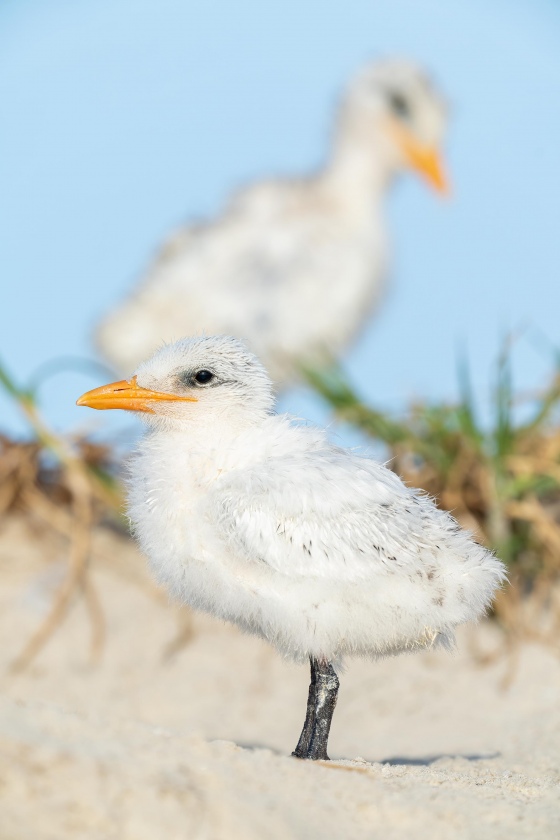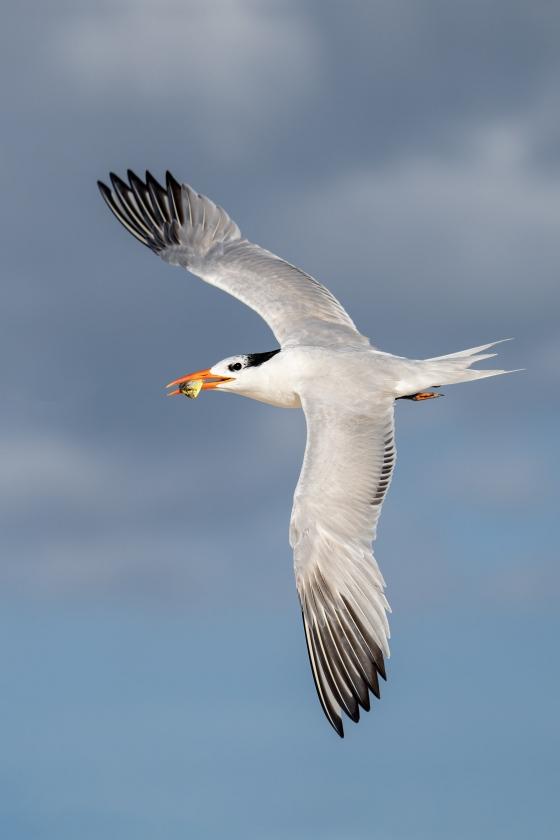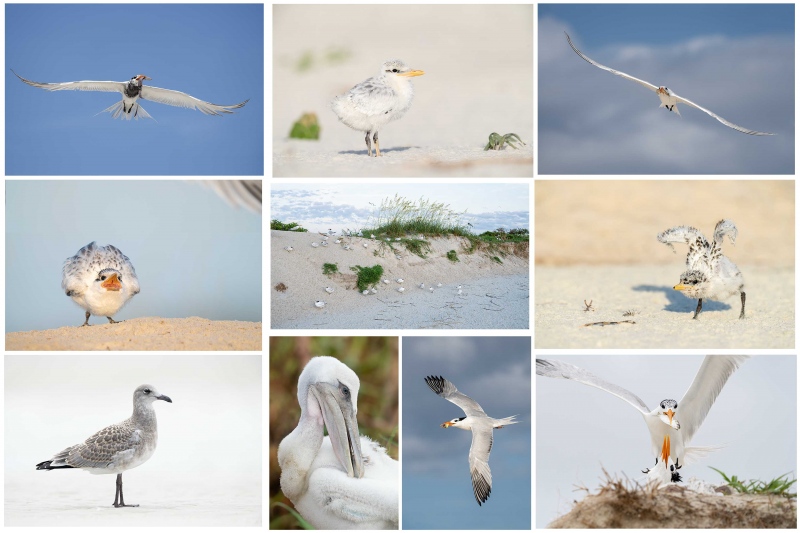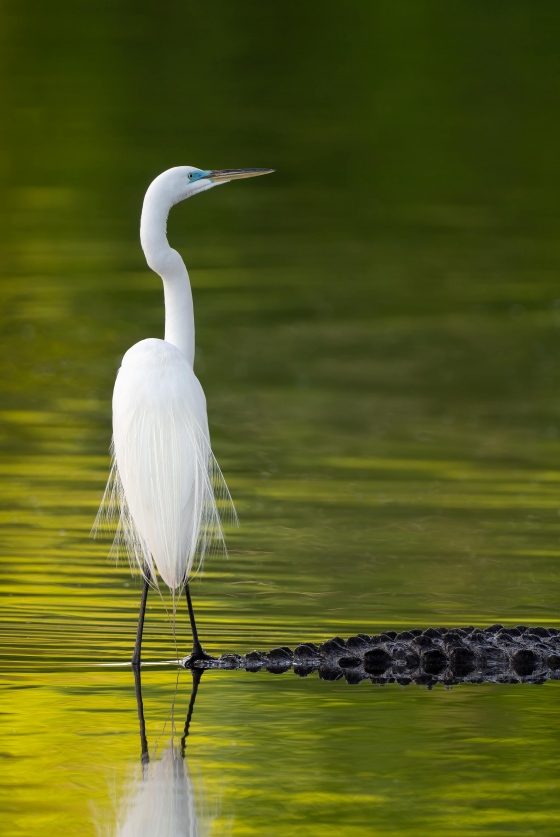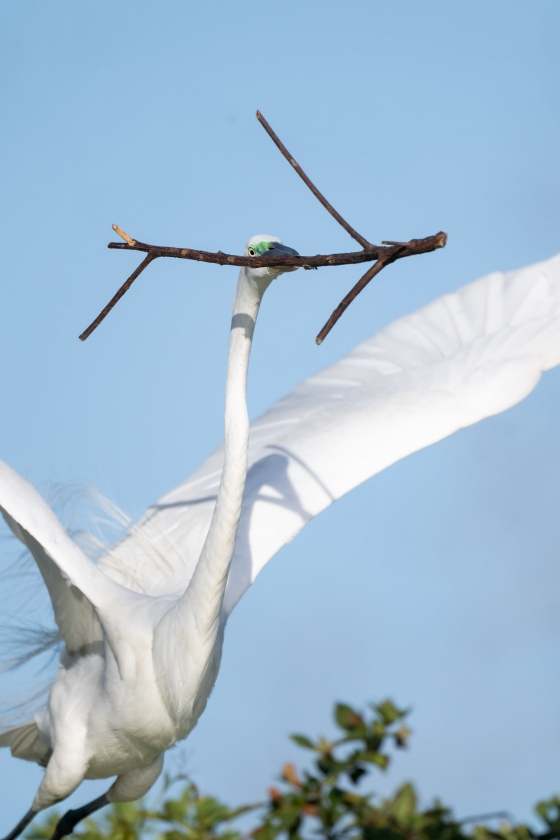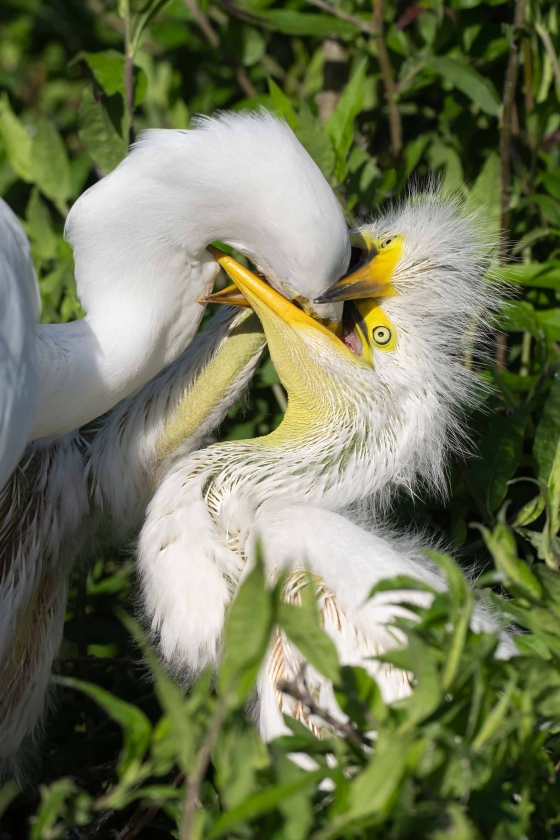What’s Up?
If April flowers bring May showers, there will be lots of blossoms here at ILE next month; it poured for most of the day and my late afternoon swim was delayed by a big thunderstorm.
Most folks did not fall for my traditional April Fool’s Day shenanigans, but as is the case every years, I did get a few folks, hook, line, and sinker, all via e-mail:
I’m shocked to hear your news. You have been such a huge help to me and I’m sure thousands of others over the years. You are a pro and a kind soul. Best of luck finding your next passion. Please send me you list of Sony gear as well as tripods and heads. THANK YOU SO MUCH FOR ALL YOU HAVE CONTRIBUTED to OUR PHOTOGRAPHY!
Wow Artie, thats a stunning decision for sure. Hope that I was not the straw (request for the A1 camset file) that broke the camel’s back. Well, all the very best and hope to run into you in Florida some time.
I’m looking for a tripod and head, what do you have for sale?
I (and a million other people) hope your “retirement” is an April Fool’s joke. It’s very suspicious that you are announcing this out of the blue, on April 1. I doubt it would be possible for you to just suddenly up and leave something that has been such an important part of your life for so many years (Me. either). NOT a good joke!
Anyhoo, it was fun for me. And Mike Wilbon and “Fill-in” Frank Isola got me good on a very well done by very phony Pardon the Interruption feature story about Duke Men’s Basketball coach Mike Krzyzewski retiring before Saturday’s Final Four fame against North Carolina. April fool indeed!
Folks who know me understand that photographing birds and teaching others is my life, my passion, and my fun. As I used to say to my late-Mom, “I will stop photographing birds when they put the nails in the coffin.”
Today is Saturday 2 April 2022. I will be headed to Gatorland early, continuing on to Jacksonville, and then will be headed for the GNPA EXPO in Jekyll Island, GA where they will keep me very busy for more than a week. I should be home on the afternoon of Wednesday 13 April. Wherever you are and whatever you are doing, I hope that you too have a great day. This blog post took about 90 minutes to prepare and makes twenty-three days in a row with a new one.
Please remember to use the B&H and Amazon links that are found on most blog pages and to use the BIRDSASART discount code at checkout when purchasing your new gear from Bedfords. Please, also, consider joining a BAA IPT. You will be amazed at how much you will learn …
In-the-Field
Jacksonville Sunday Morning In-the-Field Session: Sunday April 3 2022, 3 hours for a ridiculously low $200.00. Limit two photographers.
This is an exploratory early-in-the season visit. I expect that there will be lots of excellent photographic opportunities including Royal Terns and Laughing Gulls copulating. Please contact me via e-mail to reserve a spot or shoot me a text to 863-221-2372. Payment by cash or check at the beach will be fine.
And Please Remember
You can find some great photo accessories (and necessities, like surf booties!) on Amazon by clicking on the Stuff tab on the orange/yellow menu bar above. On a related note, it would be extremely helpful if blog-folks who, like me, spend too much money on Amazon, would get in the habit of clicking on the Amazon logo link on the right side of each blog post when they shop online. As you might expect, doing so will not cost you a single penny, but would be appreciated tremendously by yours truly. And doing so works seamlessly with your Amazon Prime account.
Please remember that if an item — a Delkin flash card, or a tripod head — for example, that is available from B&H and/or Bedfords, is also available in the BAA Online Store, it would be great, and greatly appreciated, if you would opt to purchase from us. We will match any price. Please remember also to use my B&H affiliate links or to earn 3% cash back at Bedfords by using the BIRDSASART discount code at checkout for your major gear purchases. Doing either often earns you free guides and/or discounts. And always earns my great appreciation.
Brand-New and As-Good-As-Ever Bedfords BAA Discount Policy
Folks who have fallen in love with Bedfords can now use the BIRDSASART coupon code at checkout to enjoy a post-purchase, 3% off-statement credit (excluding taxes and shipping charges) on orders paid with a credit card. The 3% credit will be refunded to the card you used for your purchase. Be sure, also, to check the box for free shipping to enjoy free Second Day Air Fed-Ex. This offer does not apply to purchases of Classes, Gift Cards, or to any prior purchases.
Money Saving Reminder
Many have learned that if you need a hot photo item that is out of stock at B&H and would like to enjoy getting 3% back on your credit card along with free 2nd Day Air Fed-Ex Air shipping, your best bet is to click here, place an order with Bedfords, and enter the coupon code BIRDSASART at checkout. If an item is out of stock, contact Steve Elkins via e-mail or on his cell phone at (479) 381-2592 (Central time). Be sure to mention the BIRDSASART coupon code and check the box for Free Shipping. That will automatically upgrade to free 2nd Day Air Fed-Ex. Steve has been great at getting folks the hot items that are out of stock at B&H and everywhere else. The waitlists at the big stores can be a year or longer for the hard-to-get items. Steve will surely get you your gear long before that. For the past year, he has been helping BAA Blog folks get their hands on items like the SONY a 1, the SONY 200-600 G OSS lens, the Canon EOS R5, the Canon RF 100-500mm lens, and the Nikon 500mm PF. Steve is personable, helpful, and eager to please.
Important Note
As an Amazon Associate, I earn a small percentage when you purchase from Amazon after using any of the Amazon links on the blog (including the logo-link immediately above). My link works with Amazon Prime and using it will not cost you a single cent. Huge thanks, BTW 🙂
Please Remember Also
Please, if you enjoy and learn from the blog, remember to use one of my two affiliate programs when purchasing new gear. Doing so just might make it possible for me to avoid having to try to get a job as a Walmart greeter and will not cost you a single penny more. And if you use Bedfords and remember to enter the BIRDSASART code at checkout, you will (still!) save 3% on every order and enjoy free second-day air shipping. In these crazy times — I lost about fifty thousand dollars in income due to COVID 19 — remembering to use my B&H link or to shop at Bedfords will help me out a ton and be greatly appreciated. Overseas folks who cannot order from the US because of import fees, duties, and taxes, are invited to help out by clicking here to leave a blog thank you gift if they see fit.


Gear Questions and Advice
Too many folks attending BAA IPTs and dozens of photographers whom I see in the field and on BPN, are–out of ignorance–using the wrong gear, especially when it comes to tripods and more especially, tripod heads… Please know that I am always glad to answer your gear questions via e-mail. If you are desperate, you can try me on my cell at 863-221-2372. Please leave a message and shoot me a text if I do not pick up.
|
|
|
This image was created on 29 June 2021 at a beach bird colony near Jacksonville, FL. I used the no-longer-available Induro GIT 304L/Levered-Clamp FlexShooter Pro-mounted Sony FE 600mm f/4 GM OSS lens with the Sony FE 1.4x Teleconverter, and The One, the Sony Alpha 1 Mirrorless Digital Camera.. The exposure was determined using Zebra technology with ISO on the Thumb Dial. ISO 800: 1/1250 sec. at f/7.1 in Manual mode. RawDigger showed that the exposure was dead-solid perfect. AWB at 7:52:09am on a sunny morning. Tracking: Spot S AF-C with Bird-Eye/Face Detection worked perfectly. Click on the image to enjoy the high-res version. Image #1: Royal Tern chicks on dune/juxtaposition |
Photographing Juxtapositions
You need to be fast on your feet to create pleasing juxtapositions. Why? Since birds are usually quite active (except when sleeping), most pleasing juxtapositions (PJs) last only for a second or two. Simply have two birds in the frame does not of course yield a PJ. As the artist, you are looking for a pleasing arrangement of the subjects. The second bird, almost always in the background, should be in a position that is pleasing and balanced to the eye. There are no set rules as the second bird may be directly behind the main subject (as above) or offset to some degree. Ninety-nine times out of 100, focus should be on the closest bird for the image to be successful.
The Lesson
To create PJs, you must first be aware of the possibility and then press the shutter button at the precise moment when the two subjects (and the stars as well) are perfectly aligned.
|
|
|
This image was created on 17 June 2021 at a beach bird colony near Jacksonville, FL. I used the hand held Sony FE 200-600mm f/5.6-6.3 G OSS lens (at 335mm), and The One, the Sony Alpha 1 Mirrorless digital camera. ) The exposure was determined using Zebra technology with ISO on the Thumb Dial. ISO 640. 1/4000 second at f/6.3 (wide open). RawDigger showed that the exposure was perfect. AWB at 8:08:13 on a sunny morning. Tracking: Zonewith Bird/Face-Eye Detection AF-C performed perfectly. Be sure to click on the image to enjoy a high-res version. Image #2: Royal Tern in flight with juvenile mahi mahi for young
|
Most Bank Shots are Cropped from Horizontals
In general, there are not enough birds consistently banking in flight to warrant trying to create vertical original flight shots. We do encounter such situations many times on a Homer/Kachemak Bay Bald Eagle IPT. Most vertical bank shots are — like the one above, created from horizontal images. With fixed focal length lenses, you will often clip a wingtip or two when the bird banks. When using an intermediate telephoto zoom lens, you can often zoom out a bit (as I did with Image #2) to avoid clipping either wind tip when the bird banks. Sharp horizontal images from most digital camera bodies can successfully be cropped to verticals without any great loss of image quality. Cropping the incredible Sony A1 files to a vertical yields large optimized files with incredible detail.
Shooting Verticals
Twenty years ago, we shot lots of verticals in hopes of making a book or magazine cover image. Those days are long gone. Today, the main reason we shoot images with the camera turned on end is because a vertical is the best compositional choice. Your reasons for going vertical are now artistic rather than financial. Take a look at a collection of your best images and see what percentage of them are verticals. For most folks (including me) it will be about 10%.
|
|
|
Click on the composite image to enjoy the incredible quality of the hi-res JPEG. Clockwise from upper left clockwise and back around to the center: Royal Tern in flight with squid for chick; Royal Tern chick on beach; Royal Tern in flight with shrimp for young; Royal Tern chick — double overhead wing stretch; Royal Tern landing with greenback for chick; Royal Tern in flight with juvenile mahi mahi for chick; Brown Pelican — large chick preening; Laughing Gull in fresh juvenal plumage; Royal Tern chick begging; Many Royal Terns with many chicks on face of dune. |
Jacksonville IPT: #1: 4 FULL DAYS — the afternoon of 16 June thru the morning of MON 20 June 2022: $2,099.00. (Limit 6 photographers)
Jacksonville IPT #2: the afternoon of FRI 1 JULY thru the morning of TUES 5 July 2022: $2099.00 (Limit 6 photographers)
Jacksonville IPT #3: the afternoon of FRI 15 JULY thru the morning of TUES 19 July 2022: $2099.00 (Limit 6 photographers)
Ride with me: add $200.00. I do not like to disappoint: each trip will run with one participant. If necessary.
I first visited the breeding bird colony at Jacksonville in late June 2021. I was astounded. There were many thousands of pairs of Royal Terns nesting along with about 10,000 pairs of Laughing Gulls. In addition to the royals, there were some Sandwich Terns nesting. And there are several dozen pairs of Brown Pelicans nesting on the ground. Flight photography was non-stop astounding. And photographing the tern chicks was relatively easy. Folks could do the whole trip with the Sony 200-600, the Canon 100-500 RF, or the Nikon 500 PF or 200-500 VR. With a TC in your pocket for use on sunny days. Most of the action is within 100 yards of where we park (on the beach). As with all bird photography, there are times when a super-telephoto lens with either TC is the best tool for the job.
Morning sessions will average about three hours, afternoon sessions about 1 1/2 hours. On cloudy mornings with favorable winds, we may opt to stay out for one long session and skip the afternoon, especially when the afternoon forecast is poor. Lunch is included on the first three days of the IPT and will be served at my AirBnB. After the first lunch there will be an introductory program. On days two and three we will do image review and Photoshop after lunch.
We will be based somewhere west and a bit north of Jacksonville where there are many AirBnB possibilities. The deposit is $599.00. Call Jim at the office any weekday at 863-692-0906 to pay by credit card. Balances must be paid by check.
What You Will Learn on a Jacksonville IPT
- 1- First and foremast you will learn to become a better flight photographer. Much better.
- You will learn the basics and fine points of digital exposure. Nikon and Canon folks will learn to get the right exposure every time after making a single test exposure, and SONY folks will learn to use Zebras so that they can be sure of making excellent exposures before pressing the shutter button..
- 2- You will learn to work in Manual exposure mode even if you are scared of it.
- 3- You will learn to evaluate wind and sky conditions and understand how they affect bird photography, especially the photography of birds in flight.
- 4- You will learn several pro secrets (for each system) that will help you to become a better flight photographer.
- 5- You will learn to zoom out in advance (because the birds are so close!) 🙂
- 6- You will learn how to approach free and wild birds without disturbing them.
- 7- You will learn to spot the good and the great situations.
- 8- You will learn to understand and predict bird behavior.
- 9- You will learn to design pleasing images by mastering your camera’s AF system.
- 10- You will learn to choose the best perspective.
- 11- You will learn to see and control your backgrounds.
- 12- You will learn to see and understand the light.
- 12- You will learn to see and create pleasing blurs in pre-dawn situations.
- 12- You will learn to be ready for the most likely event (at all times).
And the best news is that you will be able to take everything you learn home with you so that you will be a better photographer wherever you are and whenever you photograph.
Typos
With all blog posts, feel free to e-mail or to leave a comment regarding any typos or errors.


